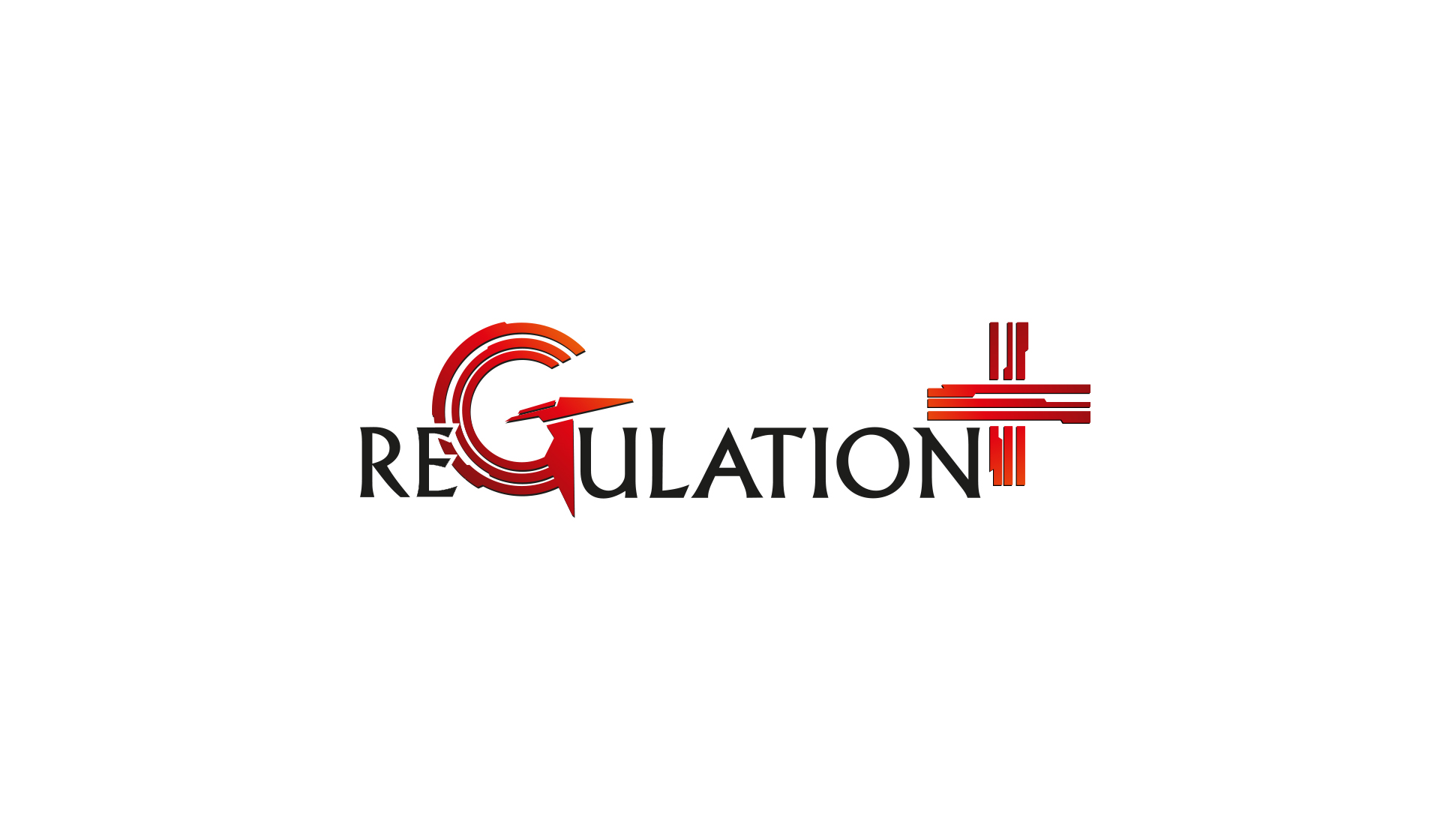Regulation A Plus : What it is
Regulation A Plus: What It Is and How It Impacts You Regulation A Plus, also known as Reg A+, is a securities regulation that was introduced in 2015 by the Securities and Exchange Commission (SEC) in the United States. This regulation aims to provide smaller companies with a streamlined process to raise funds from the public without having to go through the traditional initial public offering (IPO) route. In this article, we will delve into the various aspects of Regulation A Plus and discuss its implications for companies and investors alike. Subheading 1: Understanding Regulation A Plus Regulation A Plus allows companies to raise capital through a mini public offering, commonly referred to as a "Tier 2" offering. Previously, smaller companies had limited options when it came to raising funds, often relying on private placements or venture capital. However, Reg A+ introduces a new framework for these companies to publicly advertise and sell their securities to both accredited and non-accredited investors. To take advantage of Regulation A Plus, companies need to comply with certain disclosure requirements set forth by the SEC. This includes providing detailed financial statements, business descriptions, and other relevant information to potential investors. Additionally, companies are required to file regular reports with the SEC, ensuring transparency and accountability. Subheading 2: The Benefits of Regulation A Plus Regulation A Plus offers several advantages for both companies and investors. Let's explore some of the key benefits: 1. Increased Access to Capital: By allowing smaller companies to raise funds through public offerings, Regulation A Plus opens up new avenues for capital acquisition. This can be particularly beneficial for startups and emerging businesses that may have limited access to traditional funding sources. 2. Enhanced Investor Opportunities: Investors who were previously excluded from participating in early-stage investment opportunities can now access a broader range of investment options. Regulation A Plus expands the pool of potential investors by allowing both accredited and non-accredited individuals to invest in these public offerings. 3. Potential for Liquidity: Unlike traditional private placements, Regulation A Plus offers the potential for liquidity. Investors have the opportunity to trade their securities on secondary markets, providing an avenue for buying and selling shares even after the offering is completed. Subheading 3: Frequently Asked Questions (FAQ) Q1: Who can invest in securities offered through Regulation A Plus? A: Securities offered under Regulation A Plus can be purchased by both accredited and non-accredited investors. This means that individuals who do not meet the usual income and net worth requirements for accredited investor status can still participate in these offerings. Q2: Are there any limitations on the amount a company can raise through Regulation A Plus? A: Yes, there are maximum offering limits for Regulation A Plus. For Tier 2 offerings, companies can raise up to $75 million in a 12-month period. This limit ensures that smaller companies can benefit from this regulation while still maintaining investor protection measures. Q3: How does Regulation A Plus differ from traditional IPOs? A: Regulation A Plus offers a simplified and less expensive process compared to traditional IPOs. Companies can market their offerings to potential investors and raise funds publically. However, Reg A+ does impose certain limitations on the amount that can be raised and has ongoing reporting requirements that differ from traditional IPOs. Conclusion: Regulation A Plus has revolutionized the way smaller companies raise capital by providing them with greater access to public funding. This regulation opens up new possibilities for investors as well, allowing them to invest in early-stage companies and potentially benefit from liquidity options. While Regulation A Plus has its limitations and requirements, it is a valuable tool for both companies and investors seeking alternative investment opportunities. By understanding the implications and benefits of Reg A+, stakeholders can capitalize on this innovative approach to fundraising and investment.  Image Source : www.20minutes.fr
Image Source : www.20minutes.fr  Image Source : www.splendidstickers.com
Image Source : www.splendidstickers.com  Image Source : aalegalnyc.com
Image Source : aalegalnyc.com  Image Source : oriental-wave.com
Image Source : oriental-wave.com  Image Source : www.canadiansafetysupplies.com
Image Source : www.canadiansafetysupplies.com  Image Source : search.informit.org
Image Source : search.informit.org  Image Source : www.fixtout.fr
Image Source : www.fixtout.fr  Image Source : www.canadiansafetysupplies.com
Image Source : www.canadiansafetysupplies.com
Conso : Promos, Avis En Ligne, Démarchages… Une Régulation Plus Stricte
 Image Source : www.20minutes.fr
Image Source : www.20minutes.fr Squishmallows Dinosaurs
 Image Source : www.splendidstickers.com
Image Source : www.splendidstickers.com Regulation A+: Improving Ways Smaller Companies Go Public
 Image Source : aalegalnyc.com
Image Source : aalegalnyc.com regulation waterloo companies go public school smaller schools happening kitchener estate week real small region grade improved way
G Regulation Plus | Oriental-wave.com
 Image Source : oriental-wave.com
Image Source : oriental-wave.com oriental
Alberta Deluxe Regulation Plus First Aid Station
 Image Source : www.canadiansafetysupplies.com
Image Source : www.canadiansafetysupplies.com Critical Reflections On Regulation [Plus A Reply By Dimity Kingsford
 Image Source : search.informit.org
Image Source : search.informit.org Régulation PH Plus Poudre 5 Kg - 702005 - Aqua Soleil
 Image Source : www.fixtout.fr
Image Source : www.fixtout.fr Ontario Deluxe Regulation Plus First Aid Station
 Image Source : www.canadiansafetysupplies.com
Image Source : www.canadiansafetysupplies.com regulation
Regulation a+: improving ways smaller companies go public. Ontario deluxe regulation plus first aid station. Régulation ph plus poudre 5 kg. Regulation waterloo companies go public school smaller schools happening kitchener estate week real small region grade improved way. Squishmallows dinosaurs